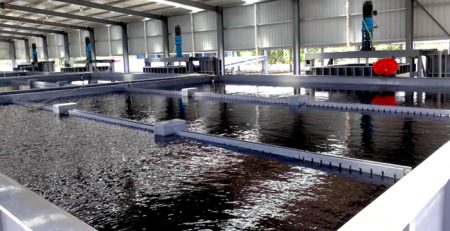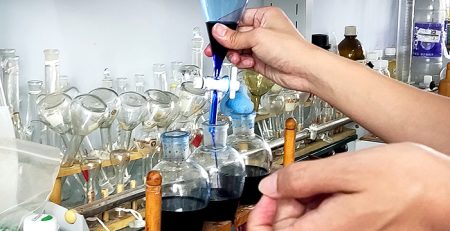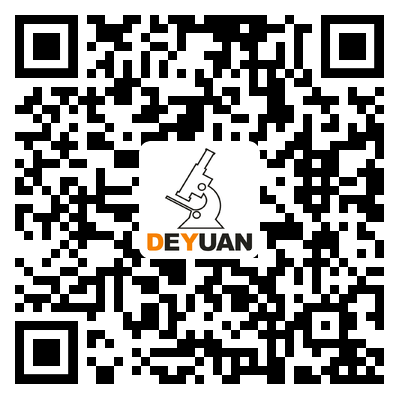Experimental Study for Copper Removal from Anode Solution of Nickel Electrolysis (I)
1、 Determination of copper nickel separation coefficient of extractant
Using chloroform as the diluent, prepare the extractant of Example 1 into a 10g/L solution as the organic phase. Weigh a certain amount of copper chloride and nickel chloride respectively, add a certain amount of sodium chloride, adjust the pH value of the solution with hydrochloric acid or sodium hydroxide, and prepare copper chloride and nickel chloride solutions with metal ion concentration of 1.0g/L, chloride ion concentration of 75g/L, and pH value of 4-4.5 as the extracted water phase. Under extraction conditions of 25 ℃ and 1:1 ratio (O/A), the organic and aqueous phases were poured into a 100ml conical flask, stirred in a constant temperature magnetic stirrer for 30 minutes, and then placed in a separating funnel for layering to obtain the residual solution and the loaded organic phase. Measure the concentration of metal ions in the extracted aqueous phase and residual solution using ICP-AES method. Calculate the distribution ratios of copper chloride and nickel chloride using the subtraction method.
Using chloroform as the diluent, prepare the extractant of Example 1 into a 10g/L solution as the organic phase. Weigh a certain amount of nickel sulfate, add a certain amount of sodium sulfate and sodium chloride, adjust the pH of the solution with sulfuric acid or sodium hydroxide, and prepare a nickel sulfate solution with a nickel ion concentration of 1.0g/L, sulfate ion concentration of 100g/L, chloride ion concentration of 75g/L, and pH value of 4-4.5 as the extracted water phase. Under extraction conditions of 25 ℃ and 1:1 ratio (O/A), the organic and aqueous phases were poured into a 100ml conical flask, stirred in a constant temperature magnetic stirrer for 30 minutes, and then placed in a separating funnel for layering to obtain the residual solution and the loaded organic phase. Measure the concentration of metal ions in the extracted aqueous phase and residual solution using ICP-AES method. Calculate the distribution ratio of nickel sulfate using the subtraction method.
The concentrations of metal ions in the extracted water phase were measured by ICP-AES method as Cu2+1080mg/L, Ni2+1120mg/L, and Ni2+987mg/L. Similarly, the concentrations of metal ions in the raffinate were measured to be Cu2+21.7mg/L, Ni2+1092.8mg/L, and Ni2+924.2mg/L, respectively. The distribution ratios of copper chloride, nickel chloride, and nickel sulfate were calculated to be 48.67, 0.024, and 0.068, respectively; The separation coefficients of copper and nickel for copper chloride and nickel chloride, copper chloride and nickel sulfate are 2027 and 716, respectively.
Our major products of metal extractants and usage as below:
- P204 (D2EHPA or HDEHP) This is used for first step to remove impurity for laterite nickel ore.
- DY319 high efficiency nickel cobalt co-extraction extractant, can take out nickel and cobalt together from nickel laterite ore or Lithium battery electrolyte. This is second step for laterite nickel ore.
- DZ272 Nickel cobalt separation extractant, it can take cobalt out from nickel cobalt solution, then leave pure nickel. This is third step for laterite nickel ore.
- DY377 efficient nickel and diamond separation extractant.
- DY366 new advanced nickel cobalt extractant.
- DZ988N/DZ973N/DZ902 copper solvent extraction reagent.




